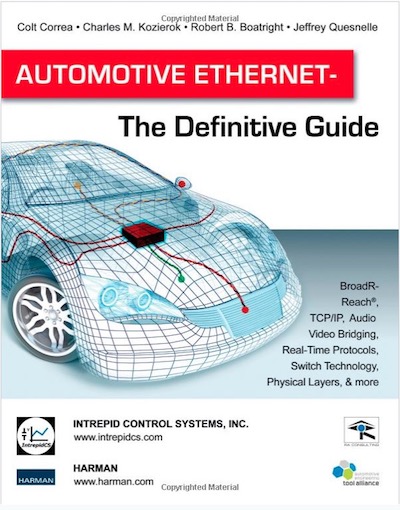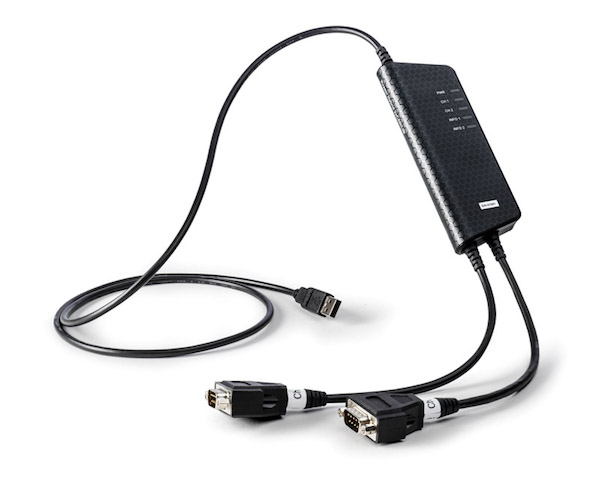Recent Posts
Dual Channel Interface Can Be Configured Either As CAN Bus Or LIN
Posted by on
Kvaser's Hybrid 2xCAN/LIN is a flexible, dual channel interface where each channel can be configured independently, either as CAN Bus or LIN (Local Interconnect Network). With a standard USB connector and two high-speed CAN or LIN channels in two separate 9-pin D-SUB CAN connectors, this is a high-performance, yet compact ’universal interface’ that every engineer involved in automotive communications needs!
Use the device as a dual-channel CAN interface, or simply configure the device in runtime to connect two high speed LIN buses to a PC or mobile computer, or one LIN and one CAN. Kvaser Hybrid supports CAN FD and is shipped with Kvaser TRX, a lightweight development environment that lowers the bar when starting out programming the device.
Features
- Hybrid USB CAN/LIN interface.
- Supports CAN FD up to 5Mbit/s (with proper physical layer implementation).
- Quick and easy plug-and-play installation.
- Supports High Speed CAN (ISO 11898-2) up to 1Mbit/s.
- Supports CAN 2.0 A and CAN 2.0 B active.
- Power is taken from the USB bus.
- Fully compatible with J1939, CANopen, NMEA 2000 and DeviceNet.
- Fully compatible with applications written for other Kvaser CAN hardware with Kvaser CANlib.
- Galvanically isolated CAN bus drivers.
- Extended operating temperature range from -40 to 85 °C.
More Information
- Download/View the Kvaser Hybrid 2xCAN/LIN data sheet (PDF)...
- More Information...
 Ethernet, the most widely-used LAN technology in the world, is taking the automotive world by storm. As the electronic content in cars continues to grow, Ethernet promises to improve performance and enable powerful and useful applications. In its 1,161 pages, Automotive Ethernet - The Definitive Guide explains how Ethernet technology has been adapted via Broadcom's new BroadR-Reach® standard to bring Ethernet hardware and applications to vehicles.
Ethernet, the most widely-used LAN technology in the world, is taking the automotive world by storm. As the electronic content in cars continues to grow, Ethernet promises to improve performance and enable powerful and useful applications. In its 1,161 pages, Automotive Ethernet - The Definitive Guide explains how Ethernet technology has been adapted via Broadcom's new BroadR-Reach® standard to bring Ethernet hardware and applications to vehicles.
Topics covered: Automotive electromagnetic, environmental and electrical requirements; network fundamentals and the OSI Reference Model; IEEE Project 802; Ethernet Physical Layer and Media Access Control, including BroadR-Reach, MAC addressing, frame formats and hardware; a comparison of Ethernet to automotive networks such as CAN, LIN, MOST, and FlexRay; and TCP/IP, including IPv4/IPv6, ICMP, ARP, NAT, TCP, UDP, and DoIP. Also covered is the Audio Video Bridging (AVB) suite used to transport media over Ethernet, including underlying standards: SRP (IEEE 802.1Qat), FQTSS (IEEE 802.1Qav), gPTP (IEEE 802.1AS), and AVTP (IEEE 1722). The book also describes diagnostics in an Ethernet environment, and tools for measurement, calibration and diagnostics (MCD).
Intended Audience:
- Electronics engineers, network communication engineers, testers, and technicians involved in automotive electronics development.
- Ethernet hardware engineers and network application designers who want to learn about Automotive Ethernet and how it differs from traditional Ethernet.
- Android, Linux, iOS, and Windows developers who want to exploit the growing demand for expertise in using these operating systems and other systems on Ethernet.
- Engineers and software developers in training at the university level.
 Loading... Please wait...
Loading... Please wait...

